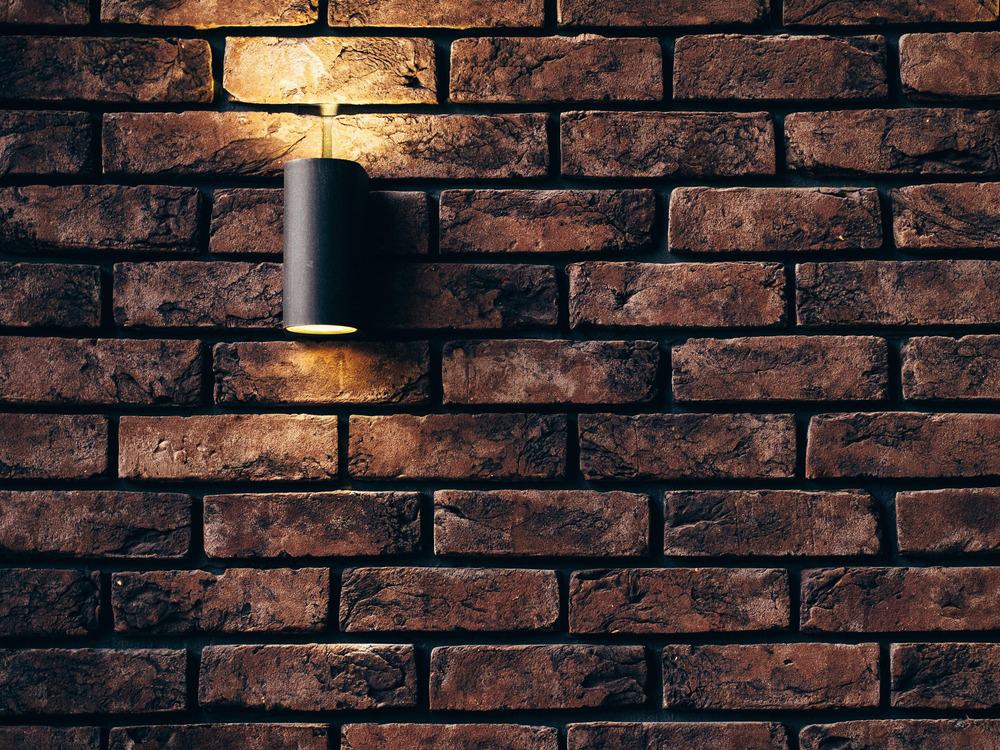Owning a historic home is like holding a piece of history in your hands. These architectural treasures carry stories of the past, showcasing craftsmanship and design that modern construction often can't replicate. However, maintaining these homes—especially when it comes to siding—requires a delicate balance between preservation and modernization. How do you upgrade for durability and efficiency without sacrificing the home's original charm?
This guide explores the best siding options for historic homes, backed by statistics, expert recommendations, and practical tips to help you make an informed decision.

The Importance of Preserving Historic Siding
Historic homes often feature unique siding materials like wood clapboard, cedar shakes, or even rare brick patterns that contribute to their character. Replacing these with modern materials can risk losing authenticity, but keeping deteriorating siding isn't always practical.
🔍 Key Statistics:
- 65% of historic homeowners prioritize maintaining original aesthetics when replacing siding. (National Trust for Historic Preservation, 2023)
- 78% of buyers pay a premium for homes with preserved historic features. (Realtor.com, 2022)
- Vinyl siding is the most common replacement, but fiber cement is gaining popularity due to its durability and authentic look. (Home Improvement Research Institute, 2023)
Challenges of Historic Home Siding
- Material Degradation – Many older materials (like wood) require frequent maintenance.
- Energy Efficiency – Original siding often lacks modern insulation.
- Local Regulations – Historic districts may have strict guidelines on replacements.
Best Siding Materials for Historic Homes
When choosing siding for a historic home, you need materials that mimic the original look while offering better durability and energy efficiency. Below is a comparison of the top options:
Comparison of Historic Home Siding Options
| Material | Pros ✅ | Cons ❌ | Cost 💰 (per sq. ft.) | Lifespan ⏳ |
|---|---|---|---|---|
| Wood Clapboard | Authentic look, repairable | High maintenance, prone to rot | $6 – $12 | 20 – 40 years |
| Fiber Cement | Resembles wood, fire-resistant | Heavy, requires professional install | $5 – $15 | 50+ years |
| Vinyl Siding | Low maintenance, affordable | Can look artificial, less durable | $3 – $8 | 20 – 40 years |
| Engineered Wood | Lightweight, eco-friendly | Susceptible to moisture damage | $4 – $10 | 25 – 30 years |
| Metal (Copper/Tin) | Historic appeal, long-lasting | Expensive, may dent | $10 – $20 | 50+ years |
🏆 Best Overall Choice: Fiber cement offers the best balance of authenticity, durability, and cost-effectiveness for most historic homes.
Case Study: Restoring a 19th-Century Victorian Home
Let's look at a real-world example of siding restoration:
📌 Project: A 1890s Victorian home in Savannah, GA, had original cedar siding that was rotting. The owners wanted to preserve the ornate detailing while improving weather resistance.
✅ Solution: They chose pre-painted fiber cement siding custom-milled to match the original profiles. The result?
- Energy efficiency improved by 30% due to added insulation.
- Maintenance costs dropped by 60% compared to wood.
- Historic Commission approval was granted because the replacement matched the original aesthetic.
💡 Key Takeaway: Even in strict historic districts, modern materials can replicate classic looks with the right approach.
How to Choose the Right Siding for Your Historic Home
Step 1: Research Original Materials
- Check old photos or architectural records.
- Consult local historic preservation societies.
Step 2: Evaluate Modern Alternatives
- If wood is original, consider fiber cement or engineered wood for lower upkeep.
- For brick or stone facades, mortar repair or cleaning may be better than replacement.
Step 3: Check Local Regulations
- 70% of historic districts require approval before siding changes.
- Some areas mandate specific materials or colors.
Step 4: Hire a Specialist Contractor
- Look for experience in historic restorations.
- Ask for samples and mock-ups before full installation.
Final Thoughts: Balancing Old & New
Upgrading siding in a historic home doesn't mean sacrificing its soul. With the right materials and techniques, you can enhance durability, cut maintenance, and even boost energy efficiency—all while keeping the home's timeless appeal.
🔹 Best for Authenticity: Wood (if maintained properly)
🔹 Best for Durability: Fiber cement
🔹 Best Budget Option: Vinyl (if allowed)
Whether you're restoring a Colonial, Victorian, or Craftsman bungalow, the key is respecting the past while embracing smart modern solutions. 🏡✨
Would you like recommendations for specific historic home styles? Let us know in the comments! 👇




